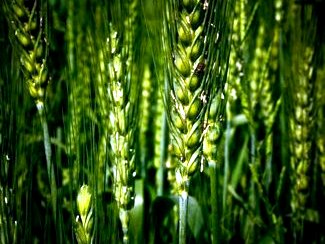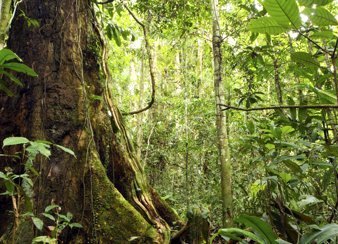
The conclusions of a new meta-analysis of the systemic pesticides neonicotinoids and fipronil (neonics) confirm that they are causing significant damage to a wide range of beneficial invertebrate species and are a key factor in the decline of bees.
Concern about the impact of systemic pesticides on a variety of beneficial species has been growing for the last 20 years but the science has not been considered conclusive until now.
Undertaking a full analysis of all the available literature (800 peer-reviewed reports) the Task Force on Systemic Pesticides – a group of global, independent scientists affiliated with the IUCN Commission on Ecosystem Management and the IUCN Species Survival Commission has found that there is clear evidence of harm sufficient to trigger regulatory action.
The analysis, known as the Worldwide Integrated Assessment (WIA), to be published in the peer-reviewed Journal Environmental Science and Pollution Research, finds that neonics pose a serious risk to honeybees and other pollinators such as butterflies and to a wide range of other invertebrates such as earthworms and vertebrates including birds.
Neonics are a nerve poison and the effects of exposure range from instant and lethal to chronic. Even long term exposure at low (non-lethal) levels can be harmful. Chronic damage can include: impaired sense of smell or memory; reduced fecundity; altered feeding behaviour and reduced food intake including reduced foraging in bees; altered tunneling behaviour in earthworms; difficulty in flight and increased susceptibility to disease.
“The evidence is very clear. We are witnessing a threat to the productivity of our natural and farmed environment equivalent to that posed by organophosphates or DDT,” said Dr. Jean-Marc Bonmatin of The National Centre for Scientific Research in France, one of the lead authors of the study. “Far from protecting food production, the use of neonics is threatening the very infrastructure which enables it, imperilling the pollinators, habitat engineers and natural pest controllers at the heart of a functioning ecosystem.”
The analysis found that the most affected groups of species were terrestrial invertebrates such as earthworms which are exposed at high levels via soil and plants, medium levels via surface water and leaching from plants, and low levels via air (dust). Both individuals and populations can be adversely affected at even low levels and by acute (ongoing) exposure. This makes them highly vulnerable to the levels of neonics associated with agricultural use.
The next most affected group is insect pollinators such as bees and butterflies which are exposed to high contamination through air and plants and medium exposure levels through water. Both individuals and populations can be adversely affected by low or acute exposure making them highly vulnerable.
Then comes aquatic invertebrates such as freshwater snails and water fleas which are vulnerable to low and acute exposure and can be affected at the individual, population and community levels.
While vertebrate animals are generally less susceptible, bird populations are at risk from eating crop seeds treated with systemic insecticides, and reptile numbers have declined due to depletion of their insect prey. Microbes were found to be affected after high levels of or prolonged exposure. Samples taken in water from around the world have been found to exceed ecotoxicological limits on a regular basis.
In addition to contaminating non-target species through direct exposure (e.g., insects consuming nectar from treated plants), the chemicals are also found in varying concentrations outside intentionally-treated areas. The water solubility of neonics mean that they leach and run-off easily and have been found to contaminate much wider areas leading to both chronic and acute exposure of organisms, including in riparian zones, estuarine and coastal marine systems.
They have become the most widely used group of insecticides globally, with a global market share now estimated at around 40% and sales of over US $ 2.63 billion in 2011. They are also commonly used in domestic treatments to prevent fleas in cats and dogs and termites in wood structures.
“The findings of the WIA are gravely worrying,” said Maarten Bijleveld van Lexmond, Chair of the Task Force. “We can now clearly see that neonics and fipronil pose a risk to ecosystem functioning and services which go far beyond concerns around one species and which really must warrant government and regulatory attention.”


















